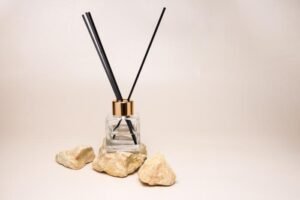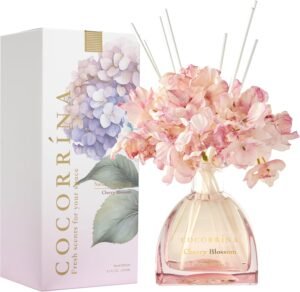Your perfume oil packaging directly impacts product quality, customer satisfaction, and brand perception in today’s competitive fragrance market.
Selecting ideal perfume oil packaging requires evaluating material compatibility, applicator functionality, preservation capabilities, and brand alignment to ensure optimal product integrity and customer experience while meeting regulatory requirements.

Oil-based fragrances present unique packaging challenges that alcohol-based perfumes don’t face, making your packaging decisions critical to success.
Which Materials Are Best Suited for Perfume Oil Containment?
Choosing the wrong container material can destroy your perfume oil’s quality, leading to oxidation, contamination, and costly product losses that impact your brand reputation.
Glass containers, particularly amber glass, provide superior UV protection and material compatibility for perfume oil preservation, while HDPE plastic offers lightweight, leak-proof alternatives for travel-safe applications.

Glass: The Premium Choice for Oil Preservation
Amber glass stands as the gold standard for perfume oil packaging. Its natural UV protection capabilities shield fragile aromatic compounds from light degradation, extending shelf life by up to 40% compared to clear containers. The non-porous nature of glass prevents oil absorption and eliminates flavor transfer, maintaining the integrity of complex fragrance profiles.
Material compatibility remains crucial when selecting glass options. Borosilicate glass offers enhanced thermal resistance, making it ideal for products requiring heat sterilization. Standard soda-lime glass provides excellent chemical resistance at a more accessible price point for larger volume productions.
Sustainable Packaging: Balancing Performance and Environmental Impact
Modern procurement teams increasingly prioritize sustainable packaging solutions without compromising product quality. HDPE plastic containers deliver exceptional leak-proof performance while maintaining recyclability credentials. These materials resist essential oil compounds and provide superior drop-test results for travel-safe applications.
| Material | UV Protection | Leak-Proof Rating | Sustainability Score | Cost Index |
|---|---|---|---|---|
| Amber Glass | Excellent | High | High | 1.2x |
| Clear Glass | Poor | High | High | 1.0x |
| HDPE Plastic | Good | Excellent | Medium | 0.7x |
| PET Plastic | Fair | Good | Medium | 0.6x |
Roll-on applications benefit from specialized roller ball materials. Stainless steel rollers provide smooth application while maintaining chemical compatibility with concentrated oils. Glass rollers offer luxury aesthetics but require careful handling during shipping and assembly processes.
How Do Different Applicator Types Impact the User Experience?
Procurement teams face critical decisions when choosing between roller balls and dropper bottles for perfume oil packaging. The wrong applicator can lead to customer dissatisfaction and product waste.
Different applicator types significantly affect user experience through precision control, hygiene factors, and ease of application. Roller balls provide smooth, mess-free application but offer less dosage control, while dropper bottles enable precise dispensing but require more careful handling.
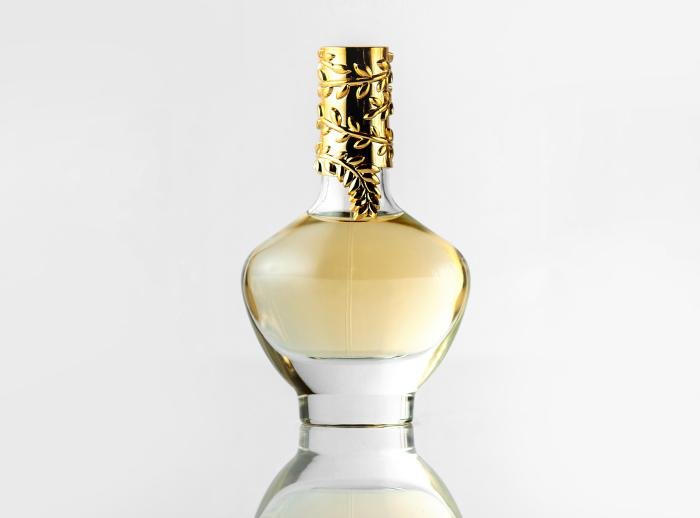
Roller Ball Performance and User Interaction
Roller balls excel in providing effortless application for oil-based fragrances. The stainless steel ball mechanism ensures smooth rolling across skin surfaces, creating an intuitive user experience that requires minimal technique. However, viscosity considerations play a crucial role in performance. Thicker perfume oils may cause the ball to stick or roll unevenly, while lighter carrier oils flow too quickly, potentially leading to over-application.
The leak-proof packaging design of quality roller bottles makes them ideal for travel scenarios. The tight-fitting cap mechanism prevents spills, while the controlled dispensing eliminates the risk of accidental product loss. This reliability factor drives purchasing decisions for luxury fragrance brands targeting mobile consumers.
Dropper Bottle Precision and Control Factors
Dropper bottles offer superior dosage control, allowing users to dispense exact amounts ranging from single drops to multiple applications. This precision appeals to experienced fragrance users who prefer customizing their application intensity. The glass construction provides excellent product preservation, preventing contamination and maintaining fragrance integrity over extended periods.
| Feature | Roller Balls | Dropper Bottles |
|---|---|---|
| Application Control | Medium | High |
| Hygiene Factor | Medium (shared contact) | High (no skin contact) |
| Travel Safety | High | Medium |
| Viscosity Compatibility | Limited range | All viscosities |
| User Learning Curve | Minimal | Moderate |
| Luxury Appeal | High | Medium-High |
Packaging managers must evaluate these trade-offs against target demographics and usage scenarios. Professional procurement teams benefit from sourcing multiple applicator options to accommodate diverse product lines and consumer preferences.
What Are the Logistics Challenges of Perfume Oil Distribution?
Perfume oil distribution creates complex logistical nightmares that can destroy product integrity and sink profit margins. Temperature fluctuations, spillage risks, and regulatory compliance threaten every shipment. Smart packaging and logistics management solve these critical challenges.
Perfume oil distribution faces five major logistics challenges: shipping regulations compliance, temperature control maintenance, spill prevention protocols, inventory control systems, and specialized handling requirements throughout the supply chain.

Temperature Control and Storage Requirements
Temperature control stands as the most critical factor in perfume oil distribution. Oil-based fragrances require consistent storage temperatures between 15-20°C to maintain molecular stability and prevent degradation. Heat exposure can alter fragrance profiles permanently, while cold temperatures may cause crystallization or separation.
Procurement teams must implement climate-controlled storage facilities and refrigerated shipping services for temperature-sensitive formulations. Insulated packaging materials and thermal monitoring devices ensure product integrity during transit. Advanced inventory control systems track temperature exposure throughout the supply chain, alerting managers to potential quality issues.
Regulatory Compliance and Spill Prevention
Shipping regulations classify many perfume oils as hazardous materials due to their alcohol content and flammable properties. Distribution requires specialized documentation, certified packaging materials, and trained personnel familiar with dangerous goods protocols.
| Challenge Area | Risk Level | Mitigation Strategy |
|---|---|---|
| Temperature Control | High | Climate-controlled storage, insulated packaging |
| Spill Prevention | Medium | Leak-proof containers, secondary containment |
| Regulatory Compliance | High | Dangerous goods certification, proper labeling |
| Inventory Control | Medium | Real-time tracking systems, quality monitoring |
Spill prevention protocols demand leak-proof packaging with secondary containment systems. Roll-on applicators and droppers require compatibility testing with specific oil formulations to prevent chemical reactions. Glass bottle sourcing must prioritize impact resistance while maintaining luxury aesthetics that drive purchasing decisions.
Is Your Packaging Design Optimized for Brand Recognition?
Your perfume oil packaging fails to capture attention on crowded shelves. Customers can’t distinguish your product from countless competitors, leading to lost sales.
Optimized packaging design creates instant brand recognition through consistent visual elements, premium materials, and strategic customization options that align with your target market’s expectations.
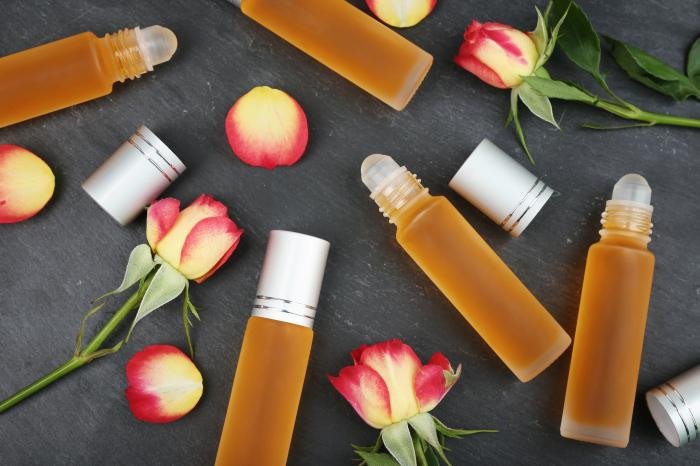
Visual Identity Through Customization Options
Brand recognition begins with distinctive visual elements that set your perfume oils apart. Custom roll-on bottles offer extensive branding opportunities through color schemes, logo placement, and unique bottle shapes. Procurement teams should consider how labeling requirements align with brand guidelines while maintaining regulatory compliance.
Successful brands leverage customization options to create cohesive product lines. This includes coordinating primary packaging with secondary packaging elements like boxes, sleeves, and protective wrapping. The unboxing experience becomes a critical touchpoint where customers form lasting impressions about your brand’s premium positioning.
Strategic Design Elements for Market Differentiation
The choice between roll-on applicators versus droppers significantly impacts brand perception and user convenience. Roll-on designs offer better portion control and mess-free application, making them ideal for travel-safe positioning. Glass bottle sourcing decisions affect both aesthetic appeal and functional durability.
| Design Element | Brand Impact | Procurement Consideration |
|---|---|---|
| Custom Colors | 80% recognition boost | Minimum order quantities |
| Logo Placement | 65% recall improvement | Print method compatibility |
| Bottle Shape | 45% shelf distinction | Applicator compatibility |
| Secondary Packaging | 70% unboxing satisfaction | Cost per unit impact |
Applicator compatibility ensures consistent product delivery while supporting leak-proof performance. These technical specifications directly influence customer satisfaction and repeat purchase behavior, making packaging design a critical component of brand strategy.
How Can You Test Packaging Effectiveness Before Full Production?
Packaging failures cost brands millions in recalls and damage brand reputation permanently. Your luxury perfume oil deserves better protection.
Effective packaging testing involves leak tests, compatibility testing, and pilot production runs to ensure your perfume oil packaging meets quality standards before mass production.
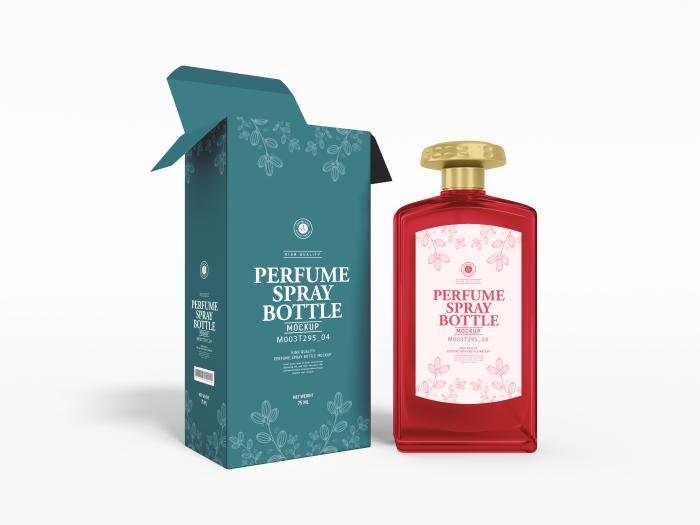
Essential Leak Testing Methods
Leak tests form the cornerstone of packaging effectiveness validation. Vacuum decay testing applies controlled pressure to detect microscopic failures in roll-on bottles and dropper assemblies. This method identifies potential leakage points that could compromise your perfume oil quality during shipping and storage.
Dye penetration testing offers a cost-effective alternative for smaller production runs. By applying colored dye to sealed packages, manufacturers can visually identify weak points in glass bottle seams and applicator connections. This testing method proves particularly valuable for roll-on designs where precise sealing prevents product waste and maintains luxury presentation standards.
Comprehensive Compatibility Testing
Material compatibility testing ensures your perfume oil formulation won’t degrade packaging components over time. Glass bottles generally offer superior chemical resistance compared to plastic alternatives, making them ideal for oil-based fragrances containing citrus or other reactive ingredients.
| Testing Method | Duration | Application | Success Rate |
|---|---|---|---|
| Vacuum Decay | 24 hours | Roll-on bottles | 95-98% |
| Dye Penetration | 2-4 hours | All container types | 90-95% |
| Material Compatibility | 30-90 days | Chemical interaction | 85-92% |
| Pilot Production | 2-4 weeks | Full system validation | 98-99% |
Pilot production runs validate your entire packaging system under real-world conditions. These smaller-scale productions test applicator compatibility, filling efficiency, and overall quality assurance protocols. Smart manufacturers conduct pilot runs with different glass bottle suppliers to optimize cost-effectiveness while maintaining leak-proof performance standards.
Conclusion
Selecting ideal perfume oil packaging requires strategic evaluation of material compatibility, applicator functionality, and brand alignment to ensure product integrity and market success. Smart packaging selection balances glass bottle performance with cost-effectiveness, while rigorous material testing validates leak-proof capabilities before full production. By prioritizing brand differentiation through custom roll-on bottle designs and implementing comprehensive packaging strategy protocols, your fragrance brand achieves optimal preservation, customer satisfaction, and competitive advantage in today’s demanding marketplace.
FAQ
Q1: What are the benefits of using amber glass bottles for perfume oil packaging?
Amber glass bottles protect perfume oils from UV light, which can degrade the fragrance over time. They also offer an elegant, premium look and are widely used in the industry for their durability and compatibility with various viscosities.
Q2: How do roller balls compare to droppers for packaging perfume oils?
Roller balls provide precise, mess-free application and are ideal for thicker oils due to their smooth rolling mechanism. Droppers, on the other hand, allow for controlled dispensing but may not work as well with high-viscosity oils. The choice depends on the product’s viscosity and user preference.
Q3: What viscosity considerations should be made when selecting perfume oil packaging?
Thicker oils require packaging with larger openings or roller balls to ensure smooth application, while thinner oils work well with droppers or spray mechanisms. Testing the oil’s flow with different applicators is recommended to find the best fit.
Q4: Where can I source high-quality roll-on bottles for perfume oils?
Reliable sources include Alibaba for bulk purchases, specialized suppliers like Luxe Pack for premium options, and Packaging Digest for industry insights on reputable vendors. Always verify supplier credentials and request samples before committing.
Q5: How does glass bottle sourcing impact the supply chain for perfume oil packaging?
Glass bottle sourcing affects lead times, costs, and sustainability. Working with certified suppliers ensures quality and compliance, while local sourcing can reduce shipping delays and carbon footprints. Consider factors like MOQs and supplier reliability.


